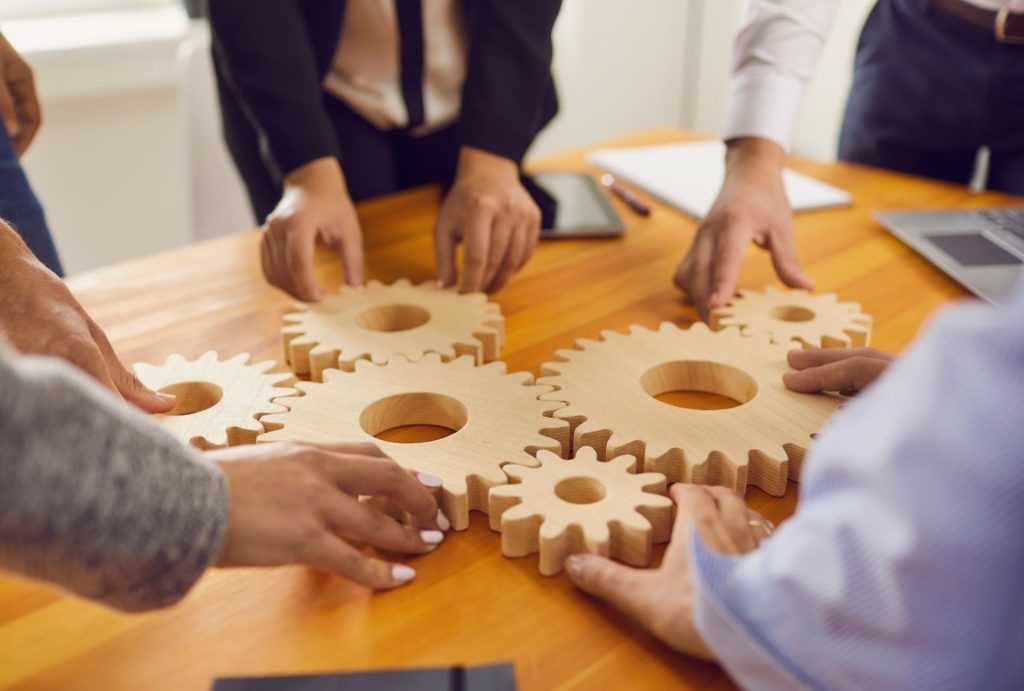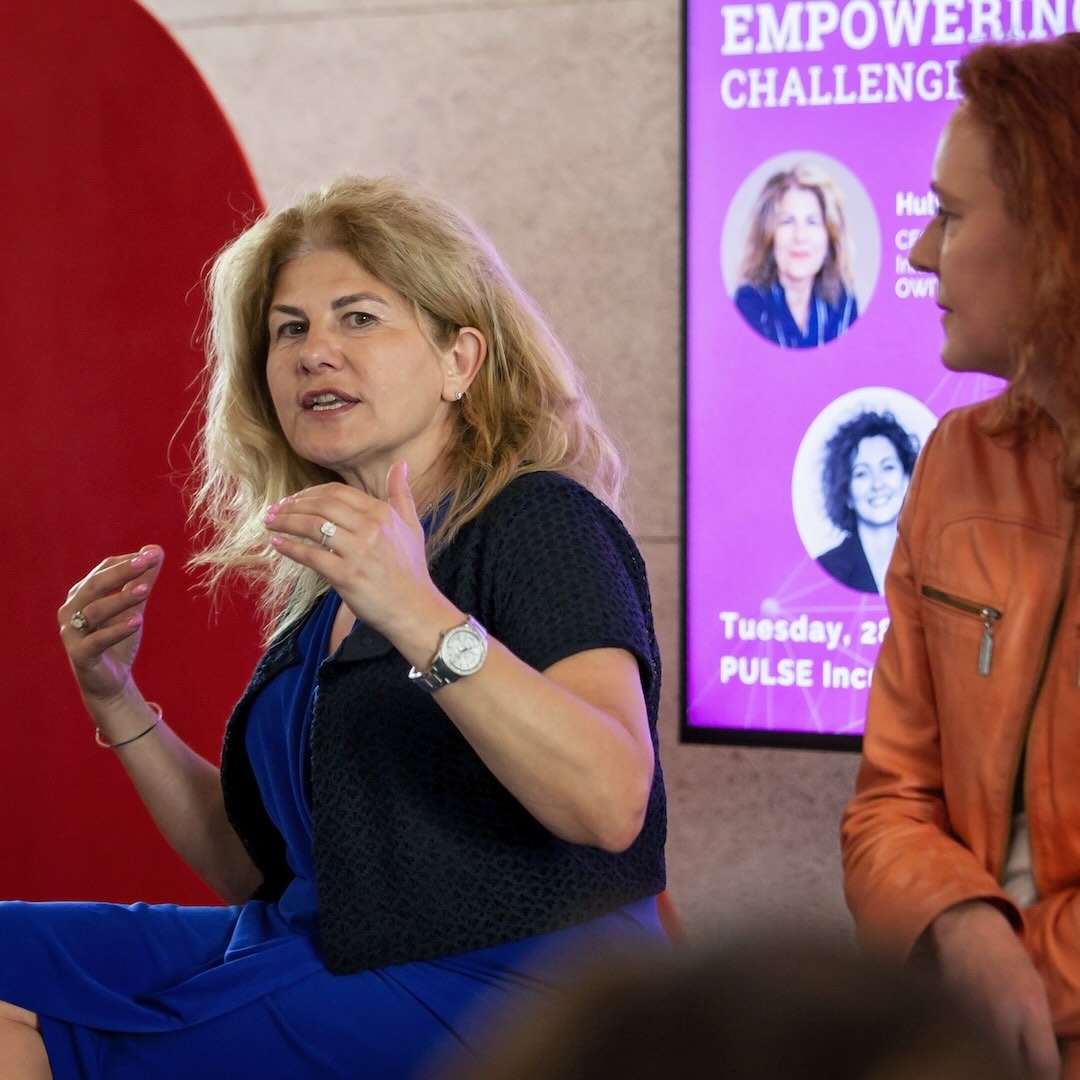Fast moving, fast turning. The days pass like a blink of an eye, and with that pace, and the ability to adapt, lead, and grow it depends less on individual shine and more on collective excellence and strengths.
Being in 2025 and thinking beyond, the buzzword is no longer “innovation” – it is more about collaboration.
Silos are no longer productive. Silos, which defined departments, industries, and mindsets, are outdated. This is a positive thing, especially given digitalization. Real capacity building comes from creating connections, promoting co-creation, and systematically aligning individuals and organizations.
As someone who has worked across different sectors and cultures, I’ve seen firsthand how silos hinder progress. Whether in international trade, leadership coaching, or community building, I’ve witnessed how collaboration speeds up results. So, let’s explore what the future holds and how we can all play a part in this shift.

6 Ways to Transform Silos into Purpose-Driven Networks
As someone who has worked across different sectors and cultures, I’ve seen firsthand how silos hinder progress. Whether in international trade, leadership coaching, or community building, I’ve witnessed how collaboration speeds up results. So, let’s explore what the future holds and how we can all play a part in this shift.
1. From Hierarchies to Networks
The traditional top-down model is evolving into decentralized, agile structures. In the future workplace, authority will be defined not just by rank but by contribution. We can expect increasingly fluid teams that span departments, geographies, and disciplines. Networks will become more significant than titles. The central question for leaders is: How are you fostering horizontal collaboration within your organization?
2. Co-creation as a Capacity Multiplier
Capacity building is not only about what you can do – it is more about what you can discover in others. Collaboration in 2025 means co-designing solutions, events, and programs with your stakeholders, communities, and clients. It’s a shift from “for you” to “with you”. That’s why I collaborate with my peers for events, panel discussions, and invite guest speakers to my lectures. During group sessions, my focus is on hearing participants’ voices, and during workshops, it is on listening to different perspectives. The magic happens when views, insights, and knowledge are shared.
3. Technology as a connector, not a divider
Digital platforms can connect us across time zones and cultures, but they must be used intentionally. Collaboration technology is rapidly evolving, featuring AI-enhanced project tools, inclusive virtual environments, and co-working platforms designed for hybrid teams. However, we must remember that technology should support, rather than replace, human connection. It’s not merely about increasing noise; it’s about fostering deeper, more intelligent engagement.
4. Shared purpose is the new strategy
One thing that stands out all the time, whether in teams, in organizations, or on an individual level, is “Purpose”. The famous “WHY”. In all my capacity-building sessions, I put a high emphasis on purpose. And we start always with our inner one.
Once established, we move on to define the shared purpose, as this serves as your north star, your GPS, and your direction and guide. Whatever the goal might be, it is the shared “Why” that keeps the ship going to reach the destination.
5. Cross-Cultural collaboration as the Magic Wand
In our global world, cross-cultural fluency is not a nice-to-have; it is essential for business, partnerships, and trade relations. Diversity of thoughts leads to better outcomes, innovative solutions, and productive processes. But only if we are willing to listen, be open, and not judgmental, and create a safe space where everyone’s voice is heard and no one is left behind. As someone deeply committed to building bridges across cultures, I believe that 2025 will reward organizations and leaders who embed inclusivity into their daily business life.
6. Ecosystem Thinking
Capacity building is about how we function as an ecosystem. In areas such as trade, education, health, and technology, no single entity can tackle intricate issues independently. The current trend emphasizes ecosystem partnerships, where governments, NGOs, the private sector, and grassroots organizations collaborate to co-create sustainable impact together.

So, what does this mean to you?
If you are a leader, a business owner, or a changemaker, here is what to ask yourself as we move into this collaborative future:
- Are you creating networks or strengthening silos?
- Are you open to ideas that oppose your own?
- Are you prioritizing relationships equally with outcomes?
If you’re aiming to enhance your capabilities or those of your organization, begin by pinpointing where collaboration might be crucial. Inquire:
- Who can I learn from?
- Where can I collaborate further?
- What initiatives am I undertaking solo that would be more impactful together?
At its core lies trust in any collaboration and capacity-building effort. Trust is built by showing vulnerability, being transparent and open, listening, and showing up consistently. Someone that humans can rely on.
That’s what I bring to my coaching, my workshops, and my leadership work—an invitation to connect beyond silos.

Let’s walk it together
In 2025 and beyond, capacity building is no longer a solo journey; it’s a collective movement.
Need guidance? Just reach out.
